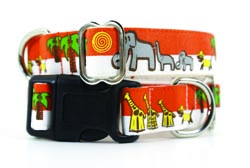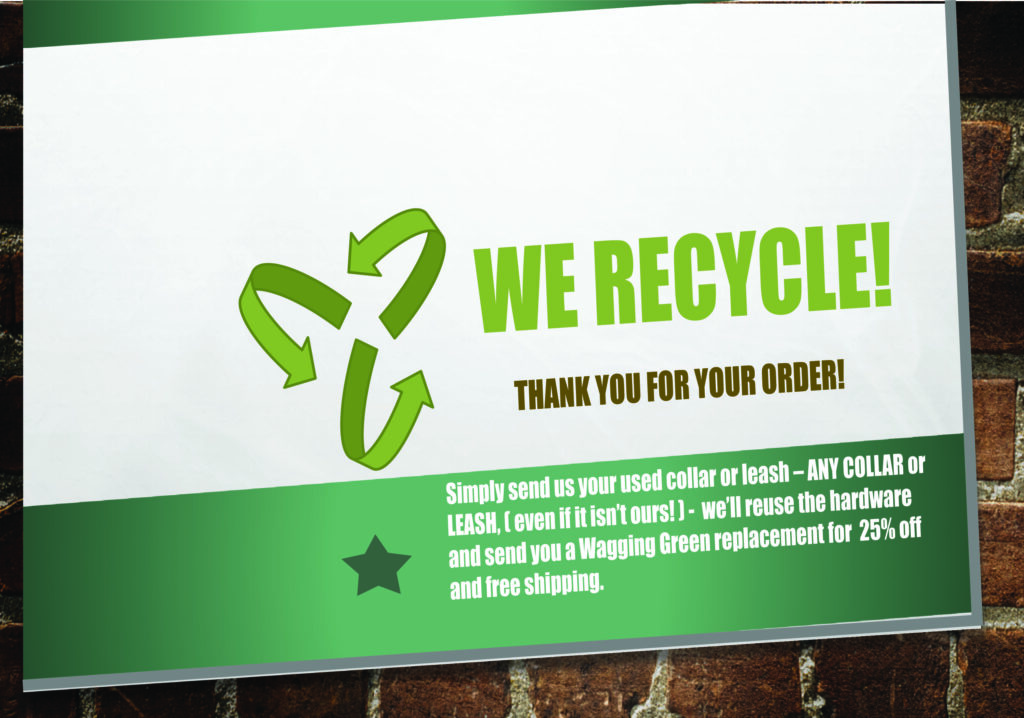Many of us enjoy the great outdoors and all it has to offer. But how much thought do we give to the delicate ecosystems that make the outdoors so pleasurable? There are lots of natural ecosystems around the world, encompassing among others, forests, grasslands, deserts, and the ocean. Because of them, we and our pets thrive, but only if we can maintain sustainable environments. In many ways, our systems are fragile. It’s important to recognize for instance, how the extinction of one species affects another, and ultimately people. We humans play a vital role in ensuring the safety and continuance of our wildlife (while remaining at a safe distance, of course!).
Lots of animal species have become extinct over time (think dinosaurs); and, there are thousands of species in danger, many at risk because of human actions. We found a nice list of endangered animals and their conservation status on the World Wild Life‘s website. You might not be surprised at all to find the Black Rhino being listed as critically endangered, but you may be surprised to see Elephants on the endangered list as well. As you browse, you’ll likely find species you’ve never even heard of before. The nice thing about the list is that you can simply click on any of the species names to learn more about them, including why they matter, what is threatening them, what the World Life Fund is doing, and what you can do to help.
Everyone can get involved
World wildlife fund
With much effort, each year, species such as the Great Panda and White Rhino are recovering and coming off the list. Consider the Bald Eagle, our national symbol in the U.S. Until August 2007 eagles were on the endangered species list. With diligent human intervention, the Bald Eagle is prosperous today. Unfortunately, according to the U.S. Fish & Wildlife Service, the current rate of animal species’ extinction remains much higher than the natural rate. Protecting endangered species is important for all of us. It’s good for our health, the economy, and the environment, according to Collin O’Mara, president and CEO of the National Wildlife Federation, during his 2019 TEDxNashville talk:
- It’s good for our health: activities like planting trees increases our air quality. Planting a garden provides healthy food. Using sustainable and eco-friendly products reduces our footprint. Getting our kids involved in these types of activities connects them to the world. It’s great for their cognitive, social, and emotional development. Getting your kids outdoors more, letting them explore (perhaps playing with their dog), creates healthy and memorable growth experiences.
- It’s good for our economy: more than 7 million people have jobs associated with outdoor recreation. Simply put, the money we spend to enjoy nature and see wildlife directly provides income to fuel our economy. Wildlife watching alone generates billions annually. Additionally, ensuring healthy pollinators (think bees) contributes upward to $30 billion through more abundant food, which can then be sold, putting even more into our economy.
- It’s good for our environment: places with healthier natural environments, which include healthy plants and wildlife, do better to withstand extreme natural weather events, such as wetlands that are able to absorb more water during a hurricane. Maintaining a healthy environment is a balancing act. Protecting our wildlife is a fundamental necessity.
The U.S. Endangered Species Act (ESA) is a flexible law that targets endangered species recovery, conservation, and wildlife dependent public relationships. Through the U.S. Fish and Wildlife Service protection efforts include captive breeding programs, habitat protection, and a ban on deadly chemicals that could adversely affect animals or their food sources. Everyone can get involved, according to World Wild Life, by taking action and making donations to conservation organizations. Some of the simpler actions we can take, according to Endangered.org are:
- Visit a national wildlife refuge, park or other open space; (drive slowly to avoid harassing or killing animals).
- Learn about endangered animals in your area and make your home wildlife friendly by planting native plants and avoiding the use of herbicides and pesticides.
- Recycle and buy sustainable products when possible, and do not purchase products known to be made from threatened or endangered species.
We’ve designed a fun ribbon for our dog collars, harnesses, and leashes in order to bring awareness to the unnatural reduction in wildlife populations. We call it Save the Pack. It features our logo dog hanging out with a herd on safari during a deep orange sunset.
We also created a recycling program so that the hardware used on dog gear doesn’t end up in the ground or water supplies. Simply send us your used dog collars, harnesses, and leashes, and we’ll re-use the hardware and replace the material with our earth friendly bamboo webbing before returning it to you. That’s hardware recycled. You’ll enjoy a 25% discount on your new product. Oh, and we don’t mind at all if you send us another brand’s dog gear to recycle the hardware!
Wishing you health and prosperity,
Jim and Lisa
Wagging Green Pet Products


